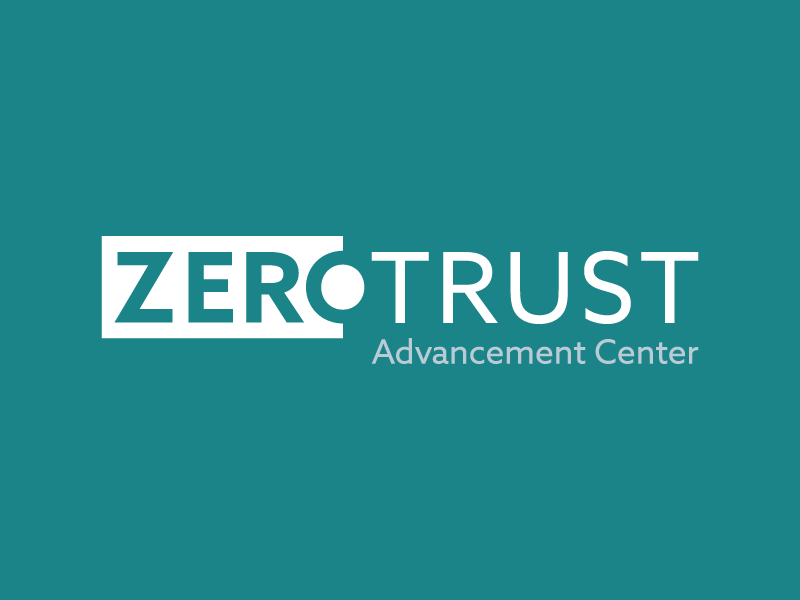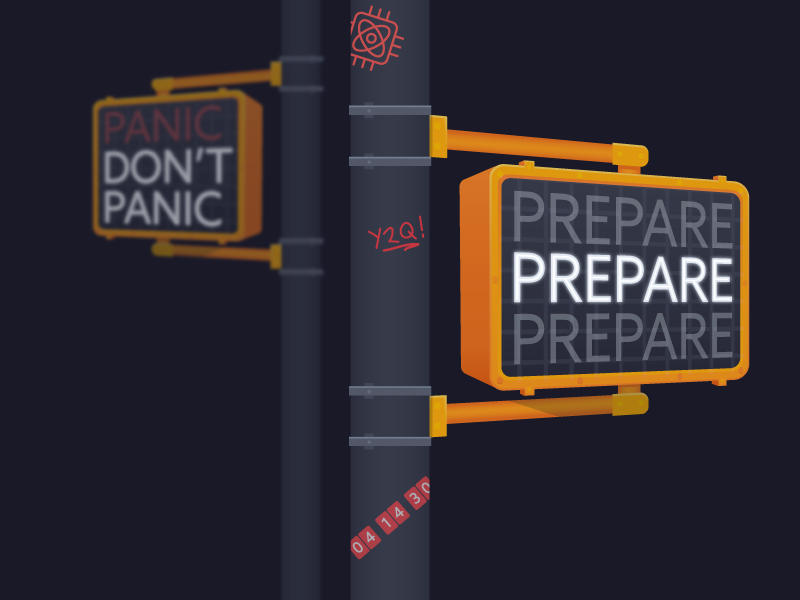Putting Zero Trust Architecture into Financial Institutions
Blog Article Published: 09/27/2023
Written by Arun Dhanaraj.
Introduction
Traditional security methods are no longer enough to protect the valuable assets of financial institutions in a time when online threats are getting more sophisticated and attack routes are changing. In espionage, the idea of Zero Trust Architecture (ZTA) has come up as a way to deal with these problems. This piece talks about how Zero Trust Security is used in financial institutions and how it helps them protect themselves from more advanced cyber dangers.
Why banks and other financial institutions need better security
Financial institutions like banks and insurance companies deal with a lot of private customer information and information about transactions. It is very important to keep this information safe from people who want to do harm. Zero Trust Security is a system that makes sure all assets, both internal and external, are constantly validated and protected. This reduces the risk of data leaks and unauthorized access.
Understanding Zero Trust Architecture
Zero Trust Architecture is based on the idea of "never trust, always verify." It goes against the standard idea of a safe perimeter and focuses instead on authenticating and approving every person, device, and transaction, no matter where they are. Continuous verification is used by ZTA to get rid of implicit trust and reduce the threat area.
Zero Trust Architecture is a security approach that believes no person or object, inside or outside the organization's network perimeter, can be trusted by default. In other words, every request for entry must be checked before resources are given. This process of making sure the requester is who they say they are and that their gadget meets certain security standards involves a few steps.
The main idea behind ZTA is to make a secure network environment in which access control methods are used at every level of the design. This includes everything from logging in as a user and registering a device to access control rules and tools for keeping an eye on things. By using this method, companies can better protect their data assets from cyberattacks and other types of illegal access.
Pros and Cons of Zero-Trust Architecture
Using a ZTA approach for defense has a lot of good points. Here are some key advantages:
1. Better security measures
The most clear advantage of ZTA is that it makes things safer. By assuming that no person or device can be trusted by default, organizations can put in place a more thorough set of security means to check each request for access to resources before granting it.
2. More control and better visibility
Another benefit of ZTA is that network traffic can be seen and controlled better. With a ZTA model in place, organizations can see every request for entry and check traffic trends for threats or things that don't make sense.
3. Less chance of data leaks
One of ZTA's key goals is to make it less likely that data will be stolen. Organizations can better protect their data assets from hacking and other threats if they use a security model with multiple layers.
4. Meeting the rules and regulations
To protect private data, many regulations say that companies must put in place strict access control measures. ZTA can help companies meet these requirements by giving them a full set of security steps that meet regulatory standards.
Problems that come with using a zero-trust architecture
There are many good things about ZTA, but there are also a few problems that come with it. Here are some important problems to think about:
1. Difficulty of Implementation
Putting a ZTA model into action takes a lot of planning and coordination between teams within a company. Especially for bigger companies, this can be a complicated and time-consuming process.
2. Integration with systems already in place
Existing network hardware and processes may need to be changed a lot for ZTA to work. This can be hard to connect to older systems that weren't made with ZTA in mind.
3. User Experience
Implementing ZTA could affect how users feel, especially if the proof process is too hard or restricted. Organizations need to find a balance between security and usefulness so that people don't stop using tools because they are hard to use.
Micro-Segmentation to Improve Security
Zero Trust Security supports micro-segmentation, which divides networks and resources into small pieces. This method stops people from moving from one part of the network to another. This means that even if an attacker gets into one part of the network, they won't be able to do much damage. Micro-segmentation helps financial institutions keep tight control over important resources and private information.
Identity and Access Management (IAM)
Identity and Access Management is a key part of Zero Trust Security. Financial institutions need to use strong security methods, like multifactor authentication (MFA) and biometric verification, to make sure that users only get access if their IDs have been confirmed. User access rights should change based on real-time risk assessments and knowledge about the situation. This will reduce the risk of unauthorized access.
Continuous Monitoring and Threat Intelligence
Zero Trust Security focuses on constantly watching network activity, user behavior, and the health of devices to find possible dangers quickly and take action. By putting in place security information and event management (SIEM) systems, intrusion detection systems (IDS), and behavior analytics solutions, financial institutions can find and fix security problems before they happen.
Threat intelligence is the information that an organization gathers, analyzes, and utilizes to identify possible cyber threats. This information is used to protect the company from those attacks. It is possible for it to originate from a wide number of sources, including both internal systems and external sources such as governmental organizations, industry groups, and commercial suppliers, among other possible origins.
Threat intelligence may assist companies in gaining a better understanding of the precise threats they are up against, as well as the methods that attackers are employing and the weaknesses they are taking advantage of. With this newfound information, you will then be able to improve your defenses and pinpoint any areas of your security posture that need improvement.
Where does the concept of continuous monitoring come into play?
Monitoring that is continuous offers unbroken insight into an organization's entire network, as well as its systems and applications. This visibility can assist in the early detection of possible security events or breaches, allowing for mitigation efforts to be undertaken prior to the occurrence of severe harm.
On the other hand, continual monitoring may not be sufficient on its own. Traditional security solutions are not keeping up with the continuously shifting techniques and methods that threat actors are using to avoid discovery. As a result, it is very necessary to include threat intelligence into the application that you use for continuous monitoring.
Continuous monitoring in conjunction with real-time threat intelligence feeds enables enterprises to rapidly identify new threats as they appear, conduct in-depth analyses of those risks in real time, and take preventative measures before the threats can cause any damage.
Principal advantages of combining threat intelligence with continuous monitoring
1. Threat intelligence gives contextual knowledge on cyber threats, which may improve your organization's capacity to identify assaults. This can be accomplished through increasing your organization's detection skills. This involves discovering new assault techniques or strategies before they become common knowledge.
2. quicker reaction times: real-time threat intelligence feeds can give crucial information about new risks as soon as they are recognized. This can help reduce the amount of time it takes to respond to potential dangers. Since these teams now have access to this information, they are in a better position to take fast action to minimize dangers before those threats cause major damage.
3. Proactive defense: Organizations are able to take a proactive stance toward cybersecurity if they keep themselves apprised of the most recent threat intelligence and ensure that they implement it. They are able to foresee and get ready for prospective attacks before those threats have ever been initiated.
4. Improved risk management: Threat intelligence may assist firms in determining their most critical hazards, ranking them in order of importance, and putting appropriate preventative measures into place. This results in an improvement to risk management by making it possible for enterprises to more efficiently allocate resources.
Encrypted communications and safe remote access are important for financial companies in the age of remote work and cloud services
Zero Trust Security encourages the use of encryption methods like Transport Layer Security (TLS) to protect interactions between users and resources. Secure remote access options, like virtual private networks (VPNs) and secure access service edge (SASE) systems, help make sure that remote links follow the Zero Trust principles.
Awareness and teaching for Employees
To implement Zero Trust Security, you need a complete program for making employees aware and teaching them. Staff at financial institutions should be taught about Zero Trust, how important strong passwords are, how to spot phishing efforts, and how to follow security procedures. A careful and well-educated staff makes a big difference in the institution's general security.
Conclusion
Cyber dangers are becoming more complex and widespread, so financial institutions need to take a proactive approach to security. Zero Trust Security is a strong system that helps protect private data, stop unauthorized access, and find threats in real time. By using Zero Trust Architecture, financial institutions can strengthen their defenses, increase customer trust, and make sure that their most important assets are safe, secure, and always available.
About the Author
Arun Dhanaraj has over 15 years of experience in IT infrastructure and cloud practices. He has served in leadership capacities for some of the most prominent businesses in the industrial and finance sectors. He is also a blogger, a business cloud specialist in multi-cloud platforms, and a cloud platform enhancement researcher.
Peer Reviewed By
Satish Govindappa is a highly accomplished professional with an extensive background in cloud security and product architecture. With over two decades of experience, Satish has established himself as a prominent figure in the industry, serving as a Board Member and Chapter Leader for the Cloud Security Alliance SFO Chapter
Abhishek Bansal, a thought leader in IAM, has over 11 years of experience in the cybersecurity industry. He has previously served at several leadership roles in large enterprises, and has been a part of the founding team of IGAaaS based cybersecurity startup.
Related Resources



Trending This Week
#1 The 5 SOC 2 Trust Services Criteria Explained
#2 What You Need to Know About the Daixin Team Ransomware Group
#3 Mitigating Security Risks in Retrieval Augmented Generation (RAG) LLM Applications
#4 Cybersecurity 101: 10 Types of Cyber Attacks to Know
#5 Detecting and Mitigating NTLM Relay Attacks Targeting Microsoft Domain Controllers
Related Articles:
This Year’s Zero Trust Opportunity for Security Professionals
Published: 04/26/2024
How to Prepare Your Workforce to Secure Your Cloud Infrastructure with Zero Trust
Published: 04/24/2024
What’s in a Name? Defining Zero Trust for Leaders
Published: 04/22/2024
Implementing a Data-Centric Approach to Security
Published: 04/19/2024





